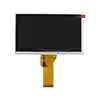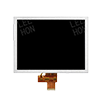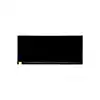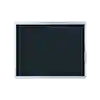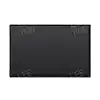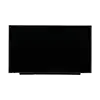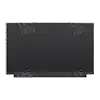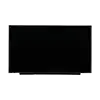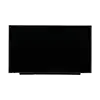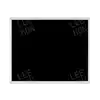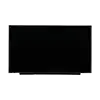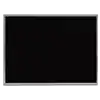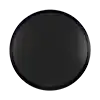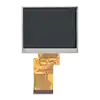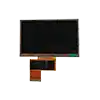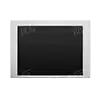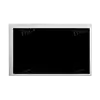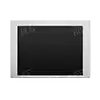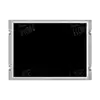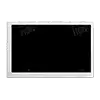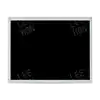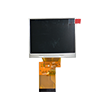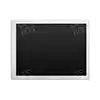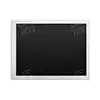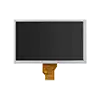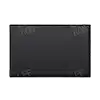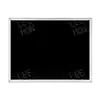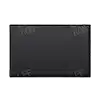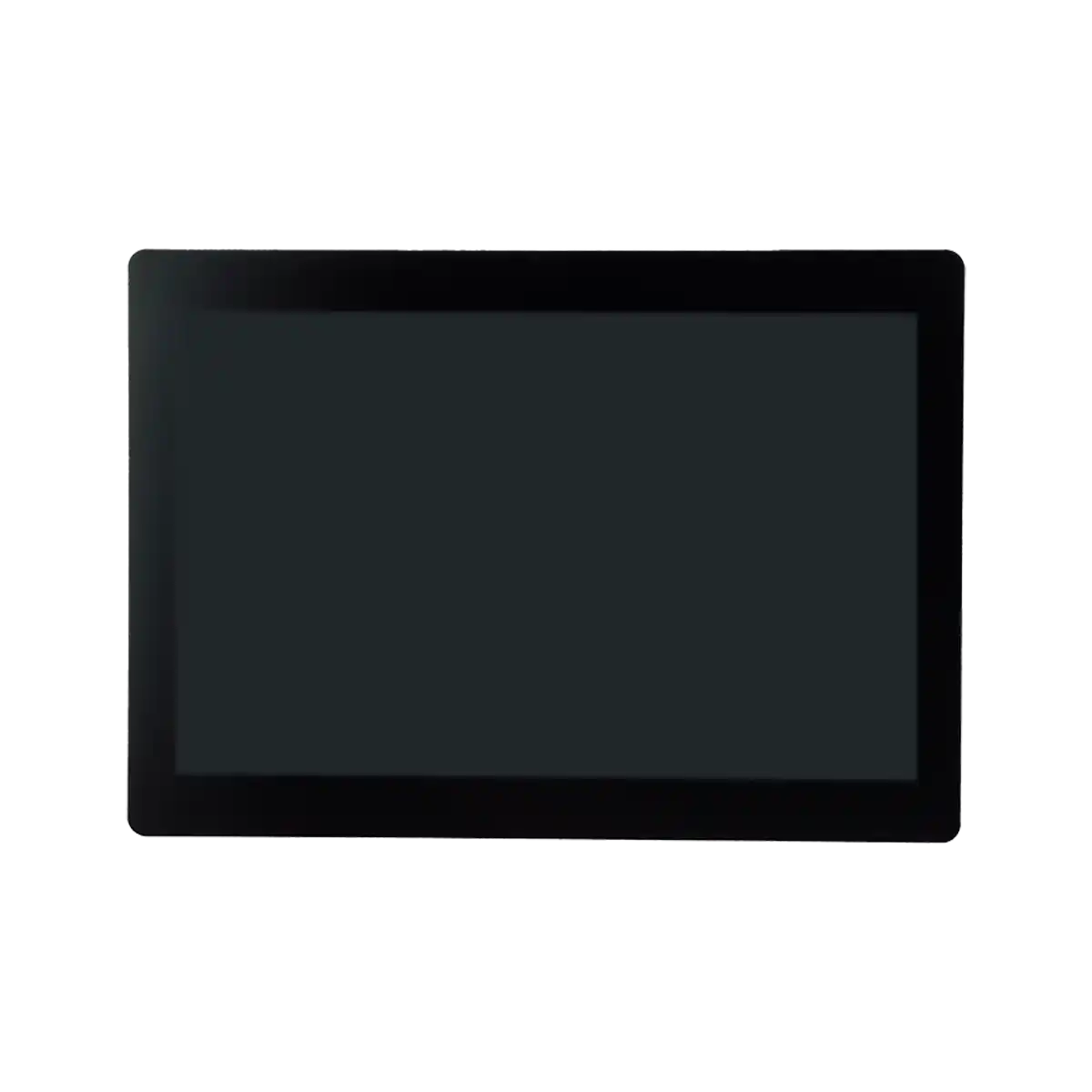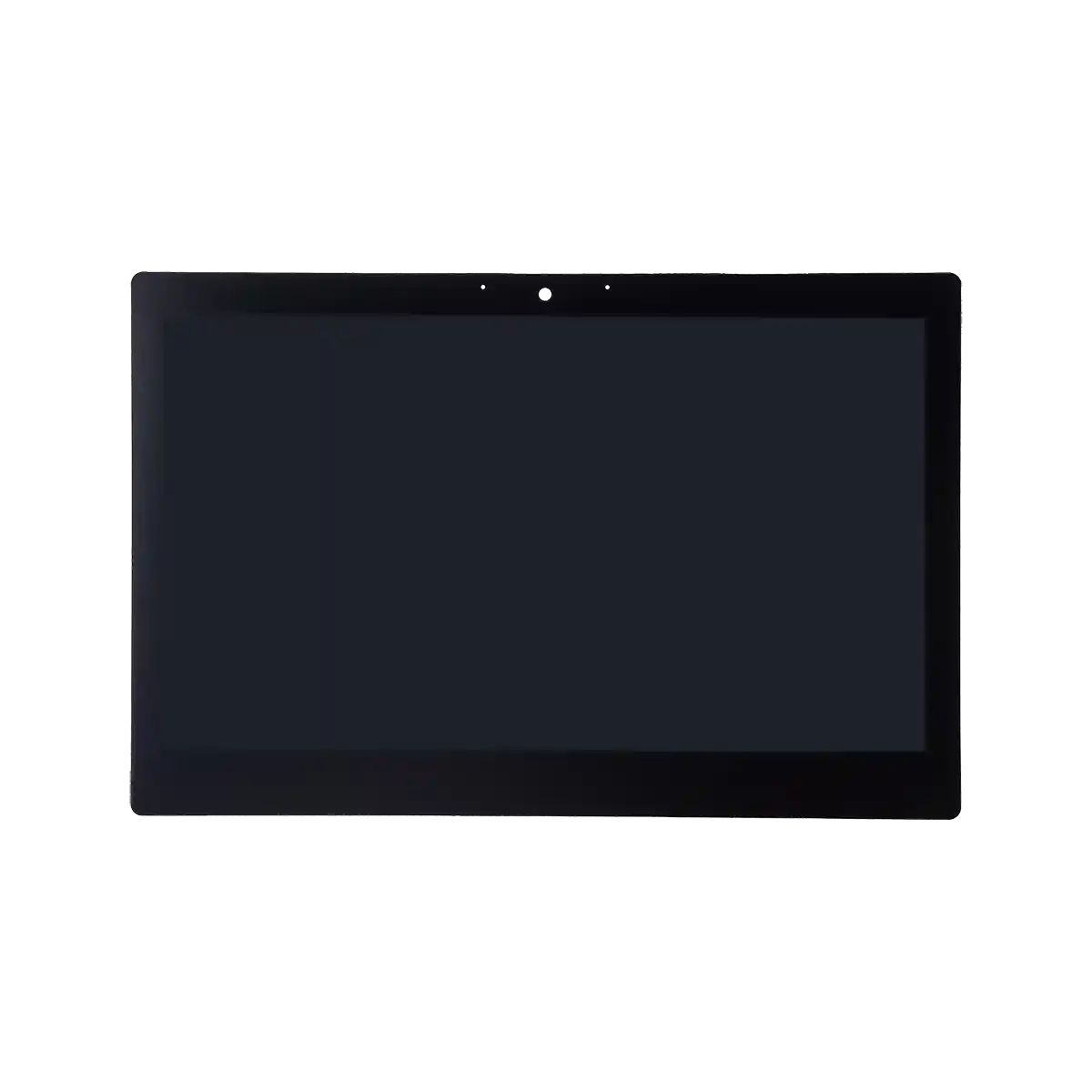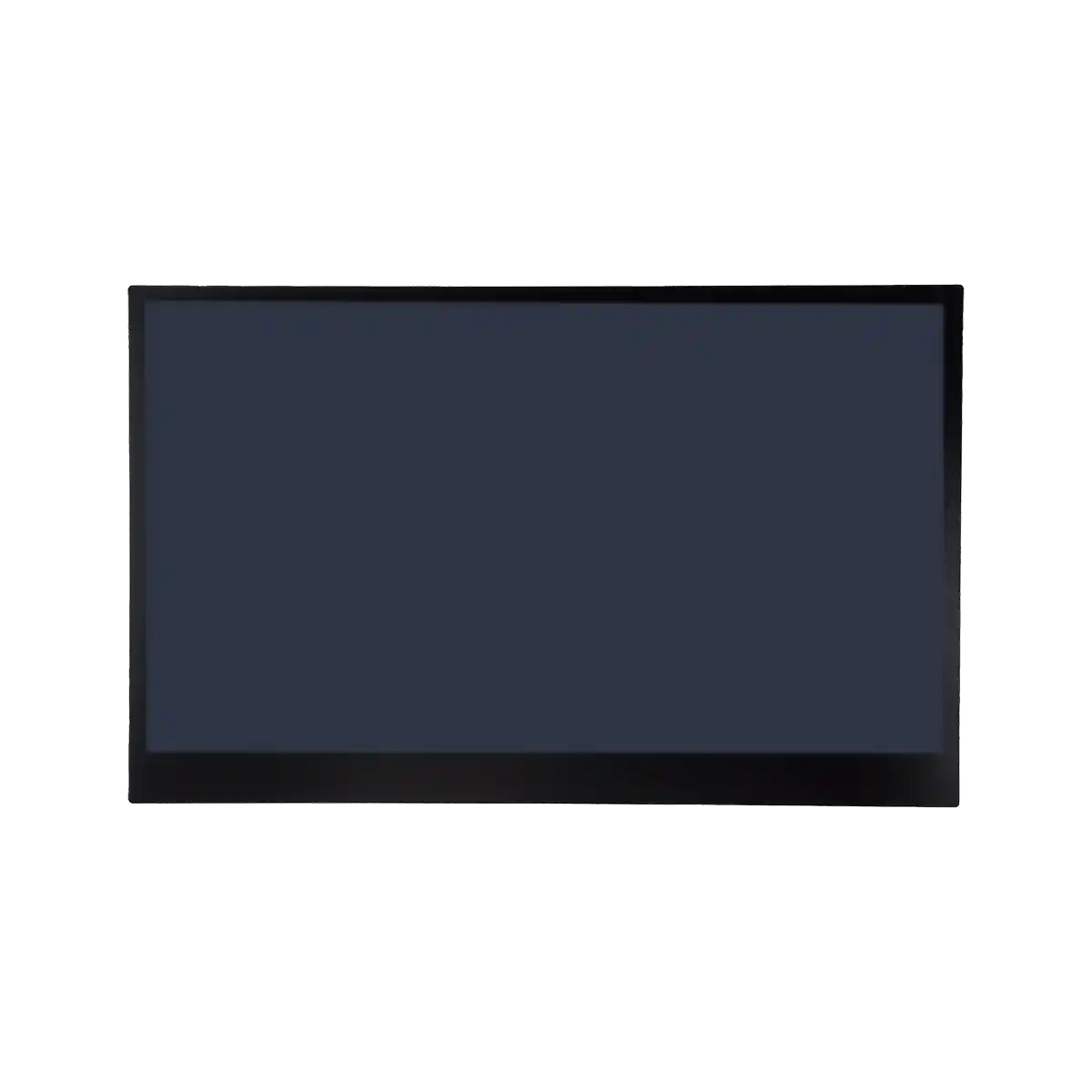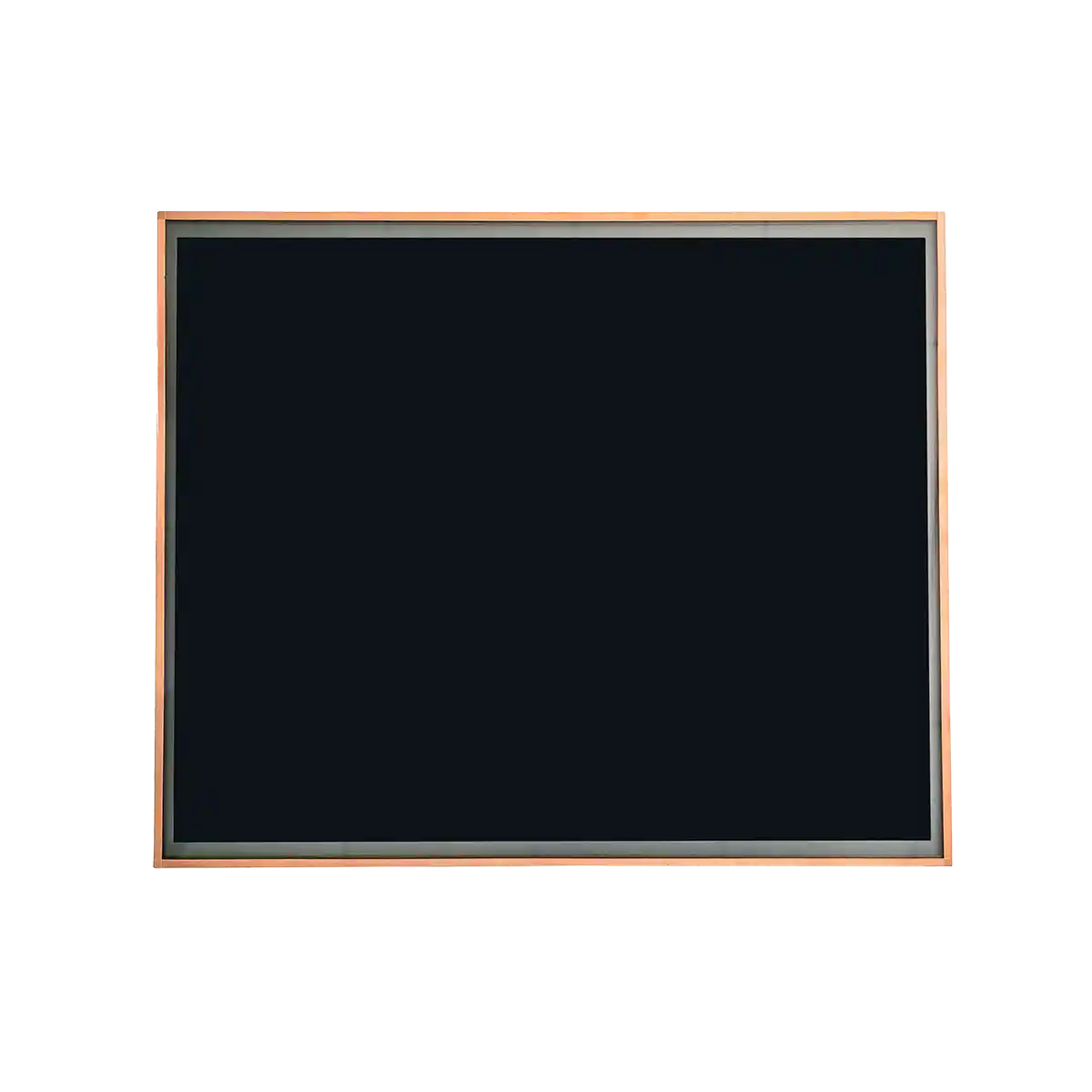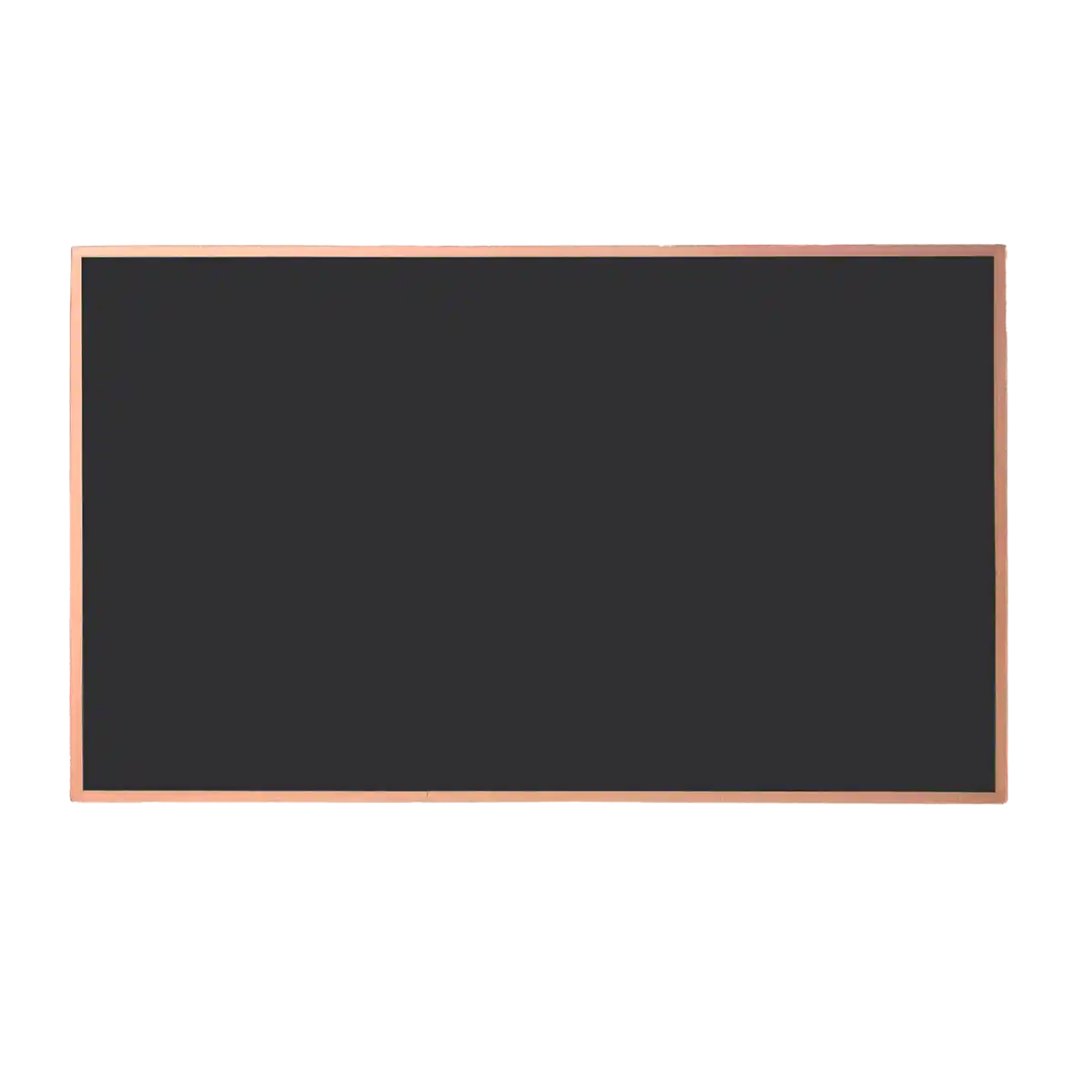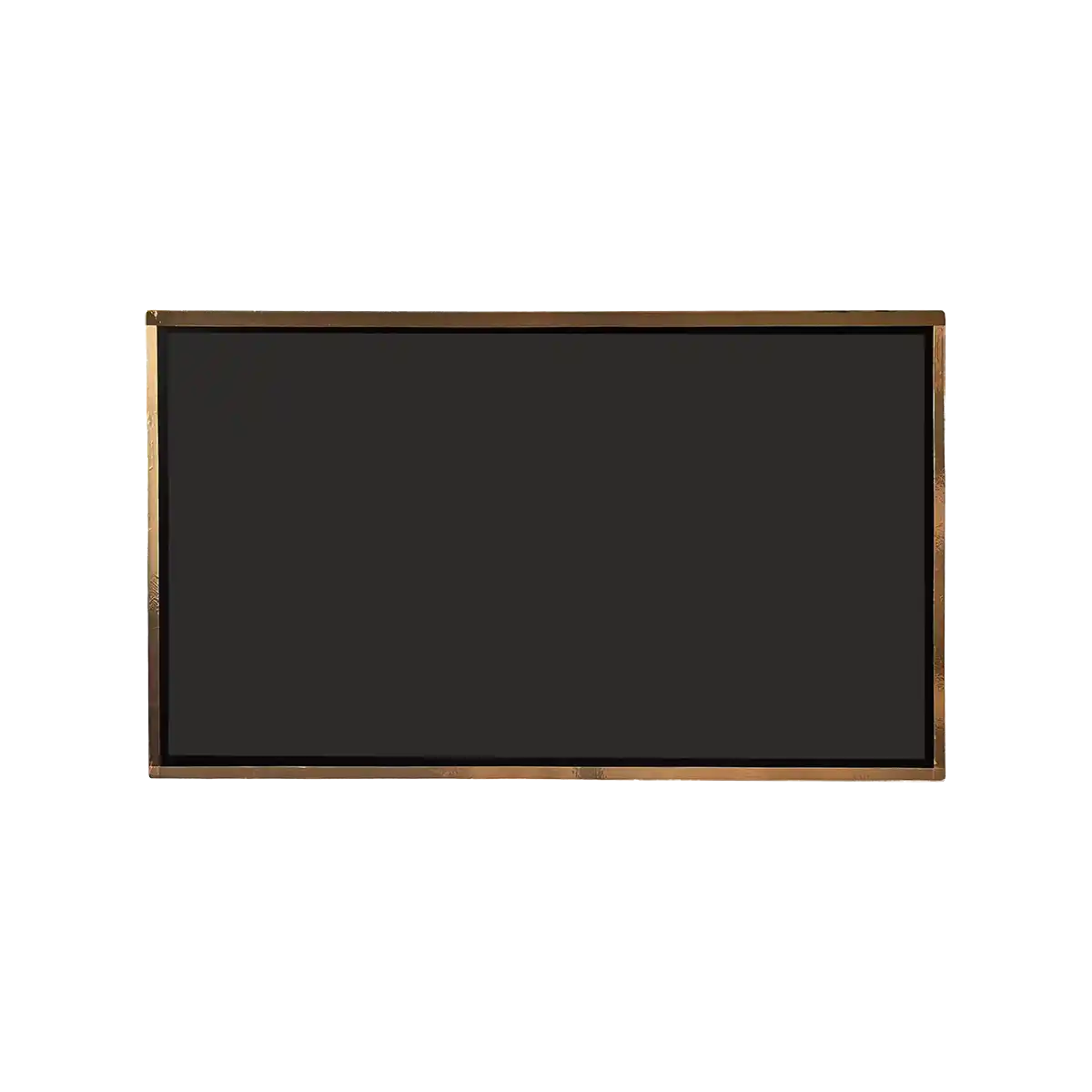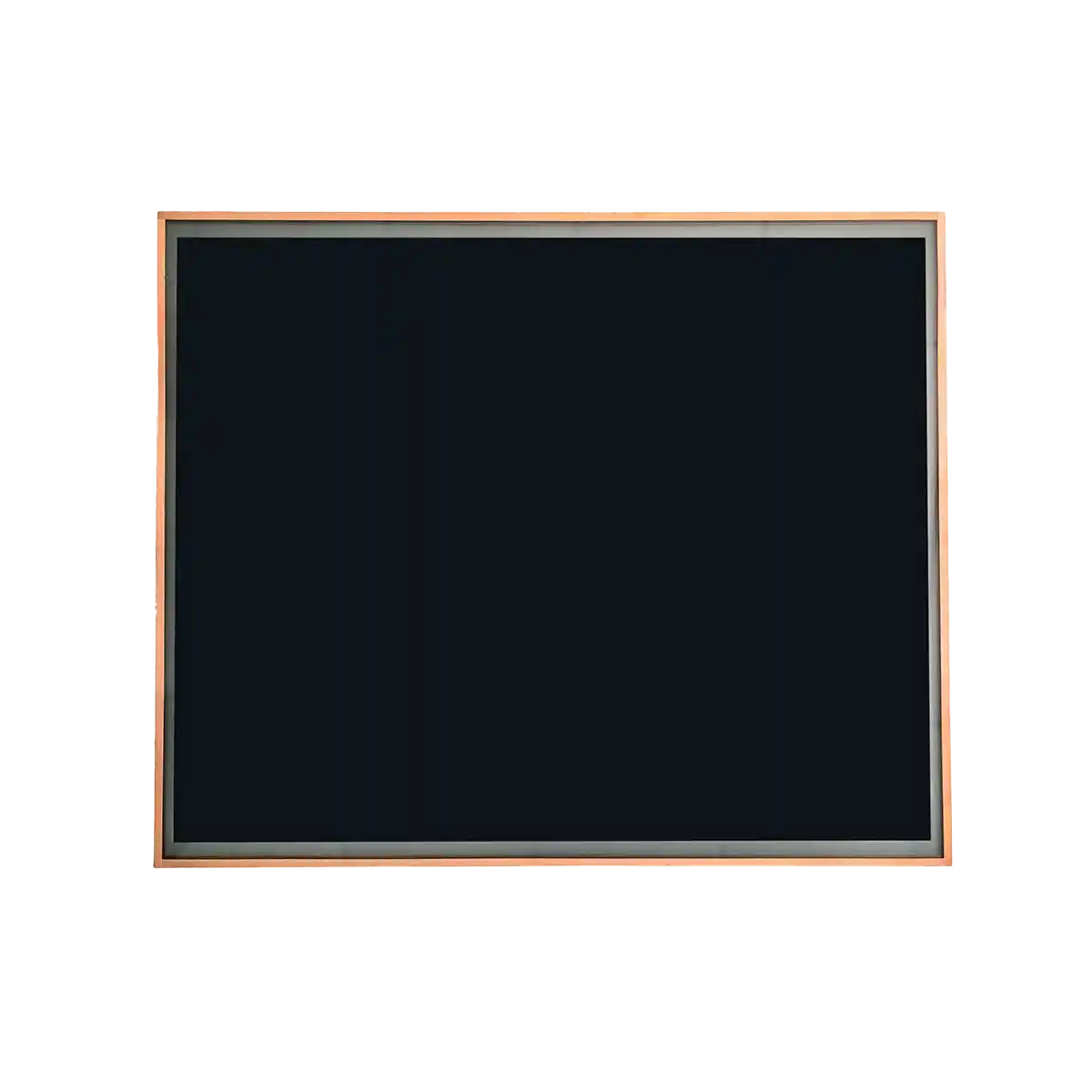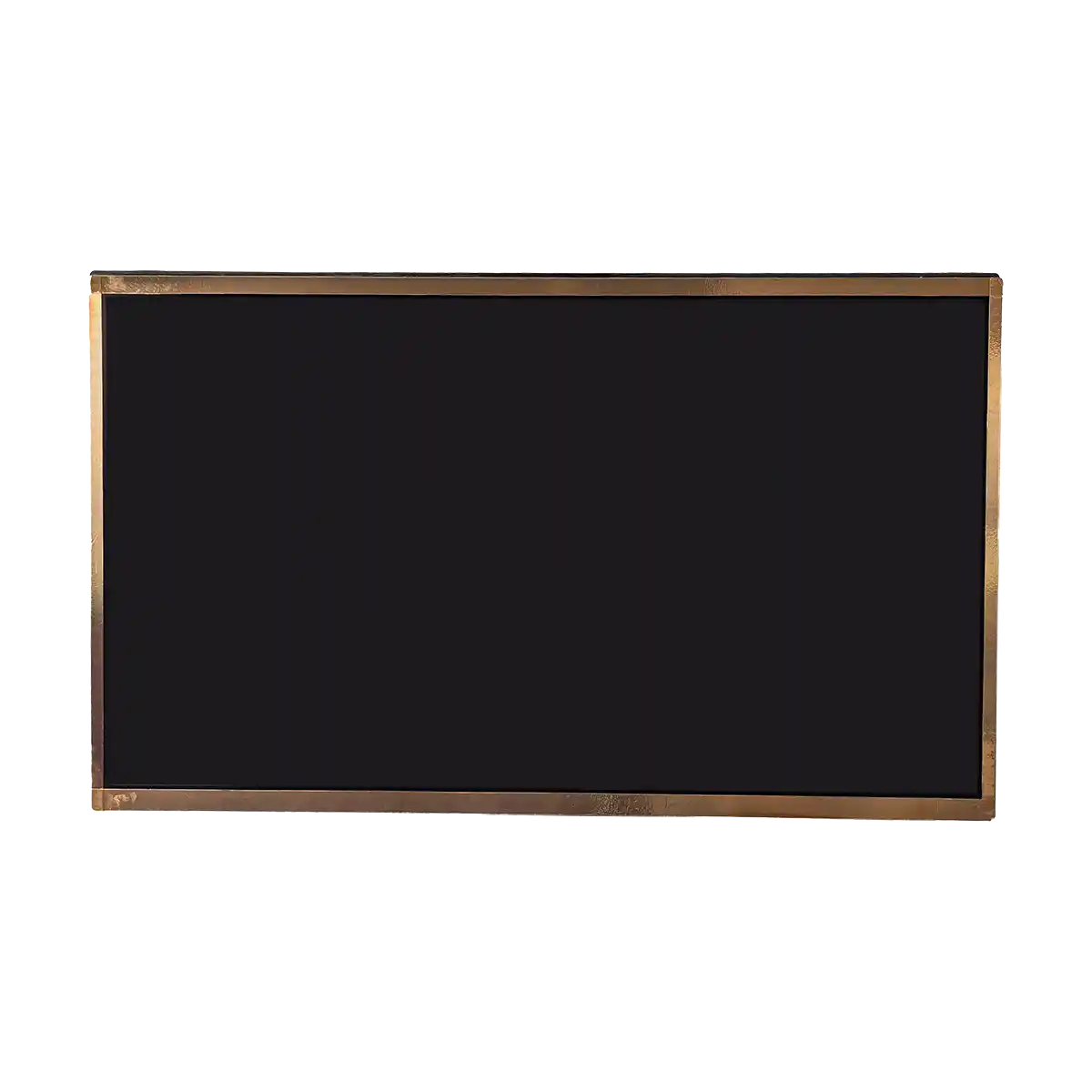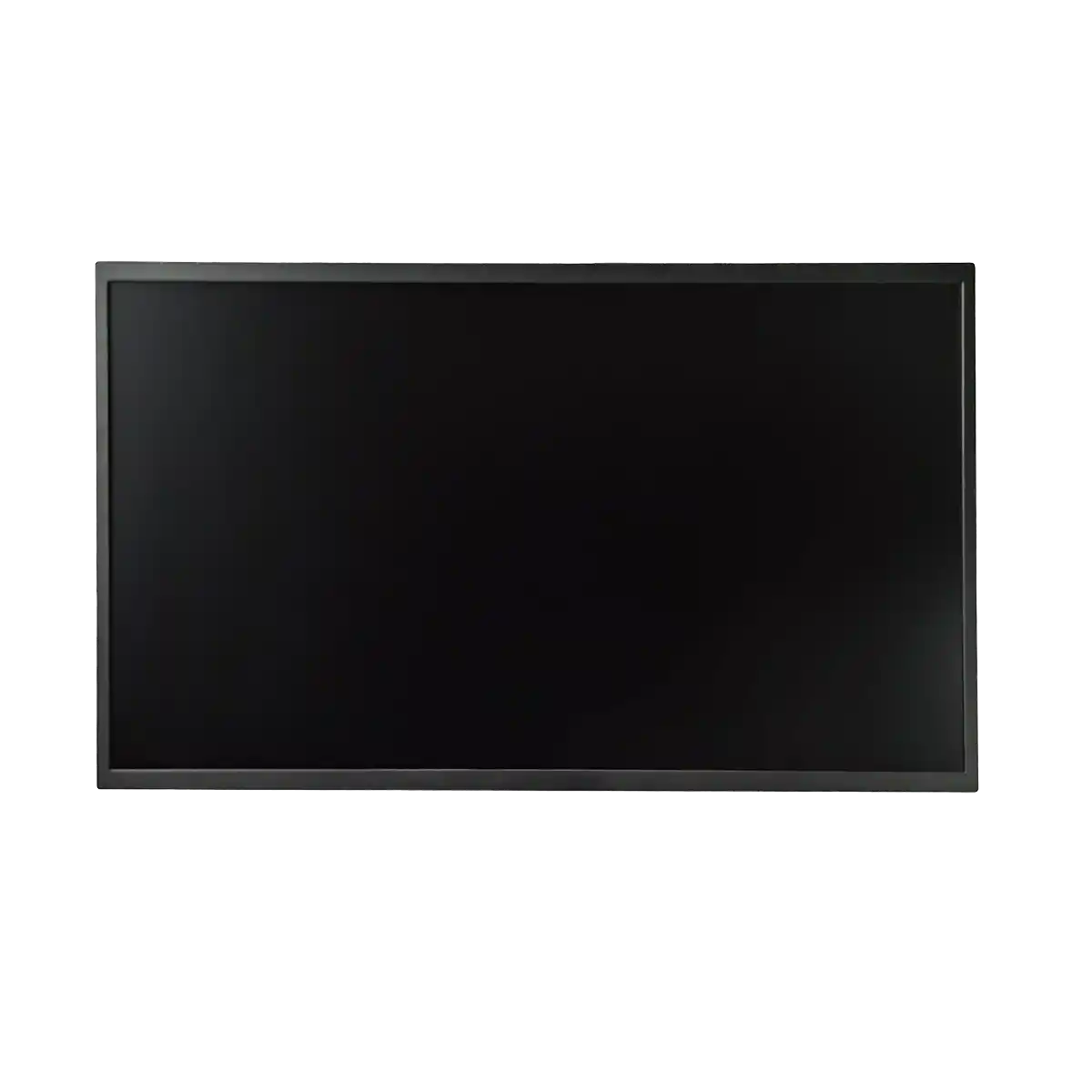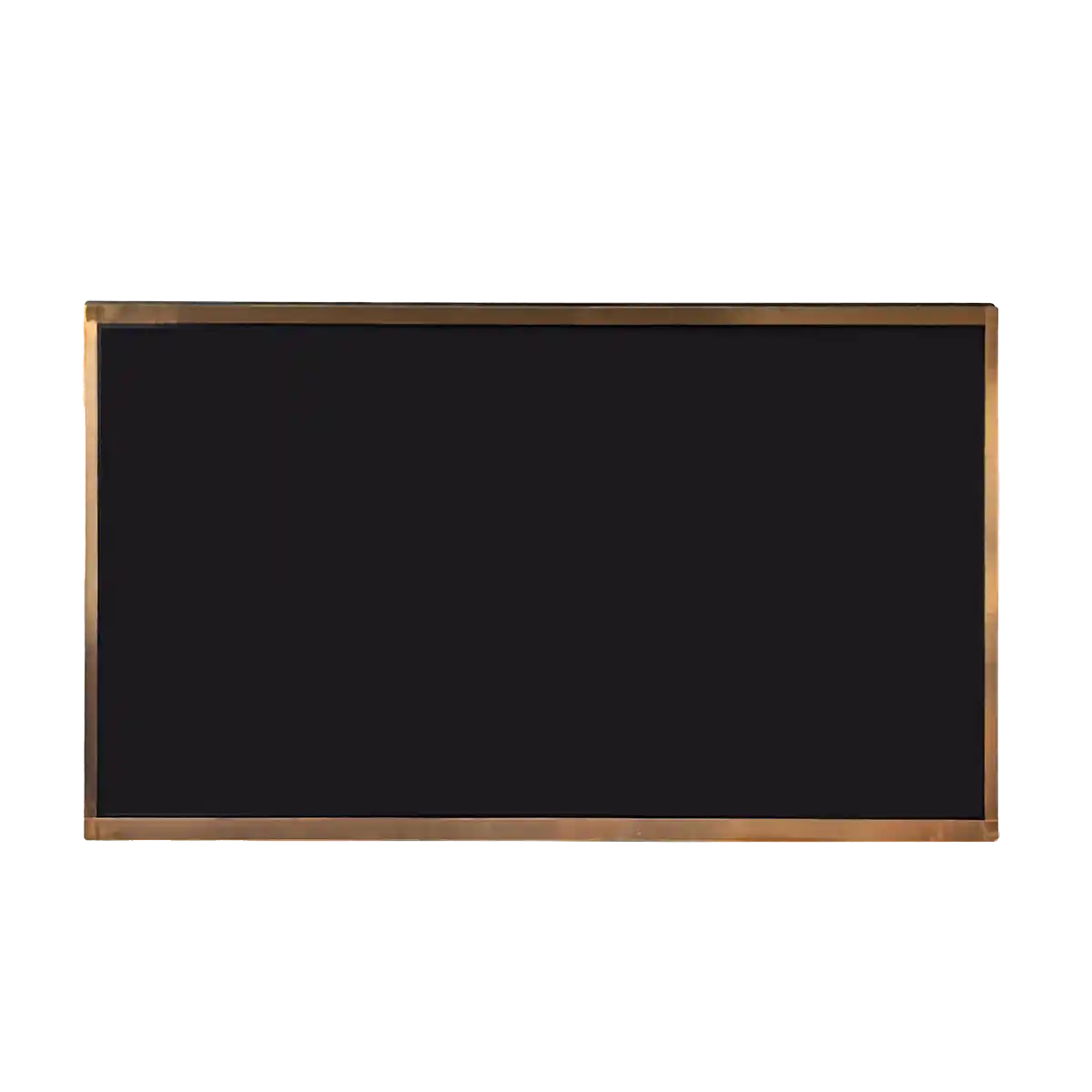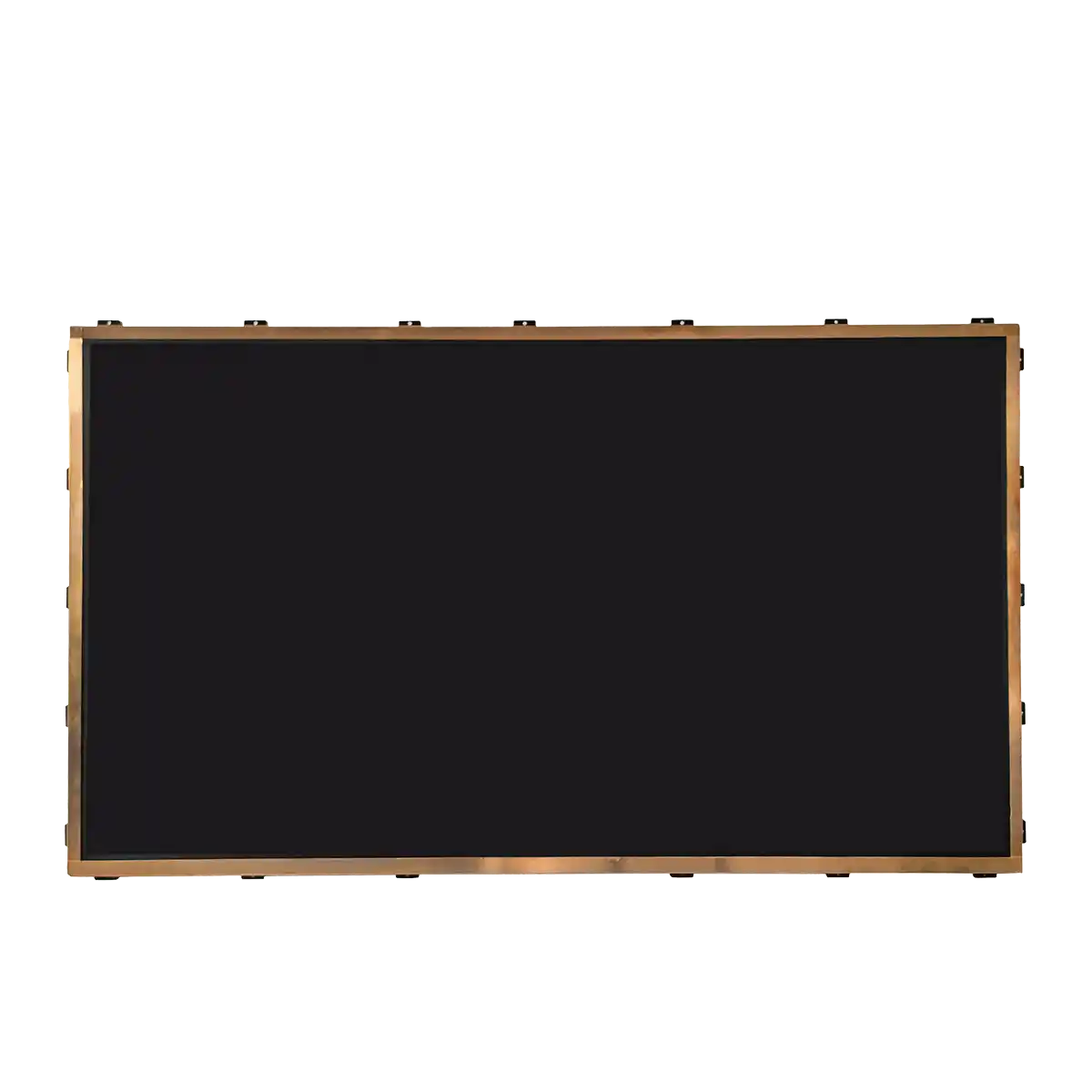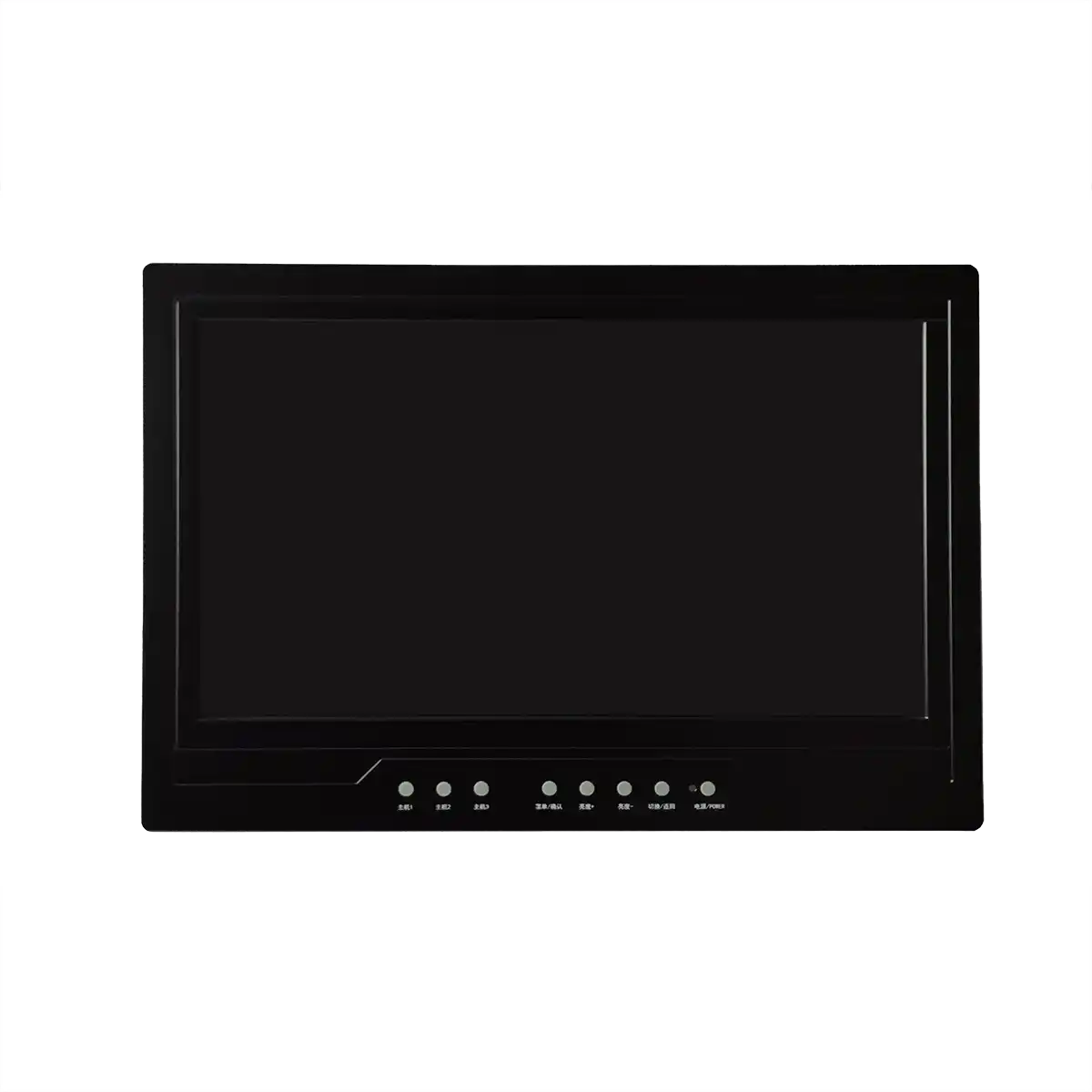Customization Options for Industrial LCD Panels in Control Systems
Introduction
In the realm of industrial automation, the integration of control systems with user-friendly interfaces is paramount for efficient and reliable operation. Industrial LCD Panels, a subset of the broader category of Human-Machine Interfaces (HMIs), serve as the visual and interactive link between the operator and the machinery. These panels are not merely display devices; they are customizable to cater to the specific needs of various industries, ensuring that the control systems are adaptable, intuitive, and robust. The customization of Industrial LCD Panels is essential for tailoring the user experience to the unique demands of different operational environments.
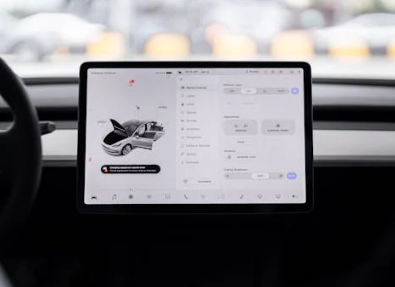
Body
1. Display Customization
The display of an Industrial LCD Panel can be customized in terms of size, resolution, and aspect ratio to match the spatial and informational requirements of the control system. High-resolution panels provide clear, detailed visuals, which are crucial for applications requiring intricate graphical representations or the display of complex data sets.
2. Touch Technology
Industrial LCD Panels can be equipped with various touch technologies to suit different interaction needs. Resistive touch screens are durable and respond to pressure, making them suitable for harsh environments or when used with gloves. Capacitive touch screens offer multi-touch capabilities, allowing for more nuanced interactions, such as pinch-to-zoom or swipe gestures.
3. Environmental Sealing
Customization options extend to the physical resilience of the panels. Industrial LCD Panels can be sealed to different Ingress Protection (IP) ratings, which determine their resistance to dust, water, and other environmental factors. Higher IP ratings ensure that the panels can operate reliably in more challenging conditions.
4. Interface Options
The interface of Industrial LCD Panels can be customized to support various communication protocols, such as RS-232, RS-485, Ethernet, USB, and wireless technologies. This allows for seamless integration with different control systems and ensures compatibility with existing infrastructure.
5. Software Integration
Custom software solutions can be developed to run on Industrial LCD Panels, providing tailored graphical user interfaces (GUIs) that display information in a format that is most useful for the operator. These GUIs can include custom graphics, and status indicators that are specific to the machinery being controlled.
6. Hardware Integration
Industrial LCD Panels can be integrated with additional hardware components, such as keypads, joysticks, or physical buttons, to provide alternative or supplementary control mechanisms. This hardware can be customized in terms of layout, functionality, and resistance to environmental factors.
7. Brightness and Contrast
The panels can be customized to offer optimal brightness and contrast levels for visibility in various lighting conditions, from dimly lit control rooms to bright factory floors. This customization ensures that the display is readable and clear under all operational conditions.
Conclusion
The customization of Industrial LCD Panels is a multifaceted process that involves considerations of display technology, touch interaction, environmental resilience, interface compatibility, software, and hardware integration. These customizations are not just about enhancing the aesthetic appeal of the control system but are crucial for ensuring that the system meets the operational demands of the industry it serves. A well-customized Industrial LCD Panel can significantly improve the efficiency, safety, and user-friendliness of industrial control systems.
Further Exploration
For a comprehensive understanding of Industrial LCD Panel customization, it is beneficial to delve into emerging trends and technologies that are shaping the future of these interfaces. This includes exploring advancements in flexible and curved displays, the integration of augmented reality (AR) and virtual reality (VR) into control systems, and the use of machine learning algorithms to predict and preemptively address potential operational issues. Additionally, examining the role of Industry 4.0 and the Internet of Things (IoT) in enhancing the connectivity and intelligence of Industrial LCD Panels can provide insights into how these panels will continue to evolve to meet the needs of increasingly sophisticated industrial environments.
Recommended Articles
-
Hangzhou LEEHON Technology supplies BOE GT080X0M-N12: High quality 7-inch TFT-LCD module solution
2024-09-14 -
How to Check for Issues in Industrial LCD Panels
2024-09-11 -
How does an LCD screen find individual pixels?
2024-09-11 -
What is the difference between eDP and LVDS?
2024-09-11 -
In-depth analysis of the development of automotive display technology
2024-09-10

